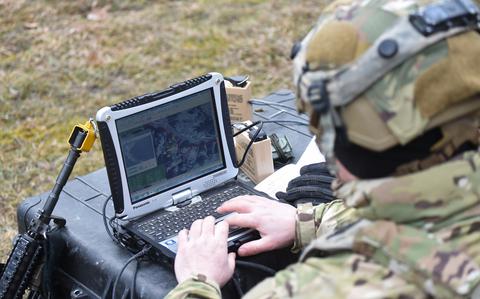- Reaction score
- 24,092
- Points
- 1,260
Sole source to BAE regardless.I get that a tracked IFV is not the absolute most pressing thing. However you could do it not as a normal competition, but just state that it will be either the CV 90 or the Bradley, then have the companies give delivery schedules, costs, maintenance support, training support and spare part options. Choose based upon those issues not on the vehicle itself, just state they both met requirements and get the two to sign an agreement of no post decision lawsuit, regarding not being selected. As both production lines are open, they can send us a small initial number which go to one unit who transitions to them and gives their LAV's to other units. That unit becomes the SME of those vehicles and eventually supports anyone else that gets them. If we went Bradley, the ammunition is already in the system, the turret is apparently pretty similar to the LAV's , except for the TOW's. The CV90 will add a new ammunition type and a different turret layout, but I suspect anyone trained on a LAV turret will transition fairly quickly.
While the Bradley might be the easiest option and one could get a few hundred from US stocks - I don’t think it’s is anything more than a placeholder.
Both the M242 Chaingun and TOW launcher are passing their prime.
CV90 brings a number of gun options as well as Missile options.
While Bradley has been prototyped with Hellfire’s inc a linkage for Longbow feed. I’m not sure that is ready for fielding.
While I’m a fan of both and feel the CA needs a Tracked Heavy IFV to work with MBT’s , I’d agree that there are many more pressing needs of the CA than an IFV, and any IFV program should wait till after some of the UKR LL are fully understood to capitalize on the next gen system.
Unless all of a sudden Canada has an immediate need for one, the wait and see policy is best and allows the limited funds to be spent on more pressing needs.






